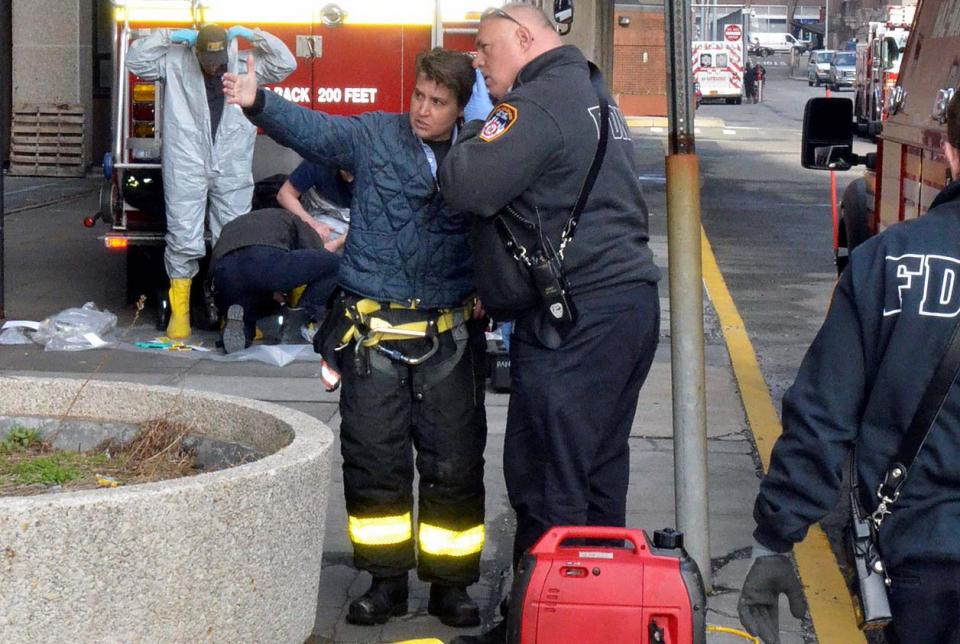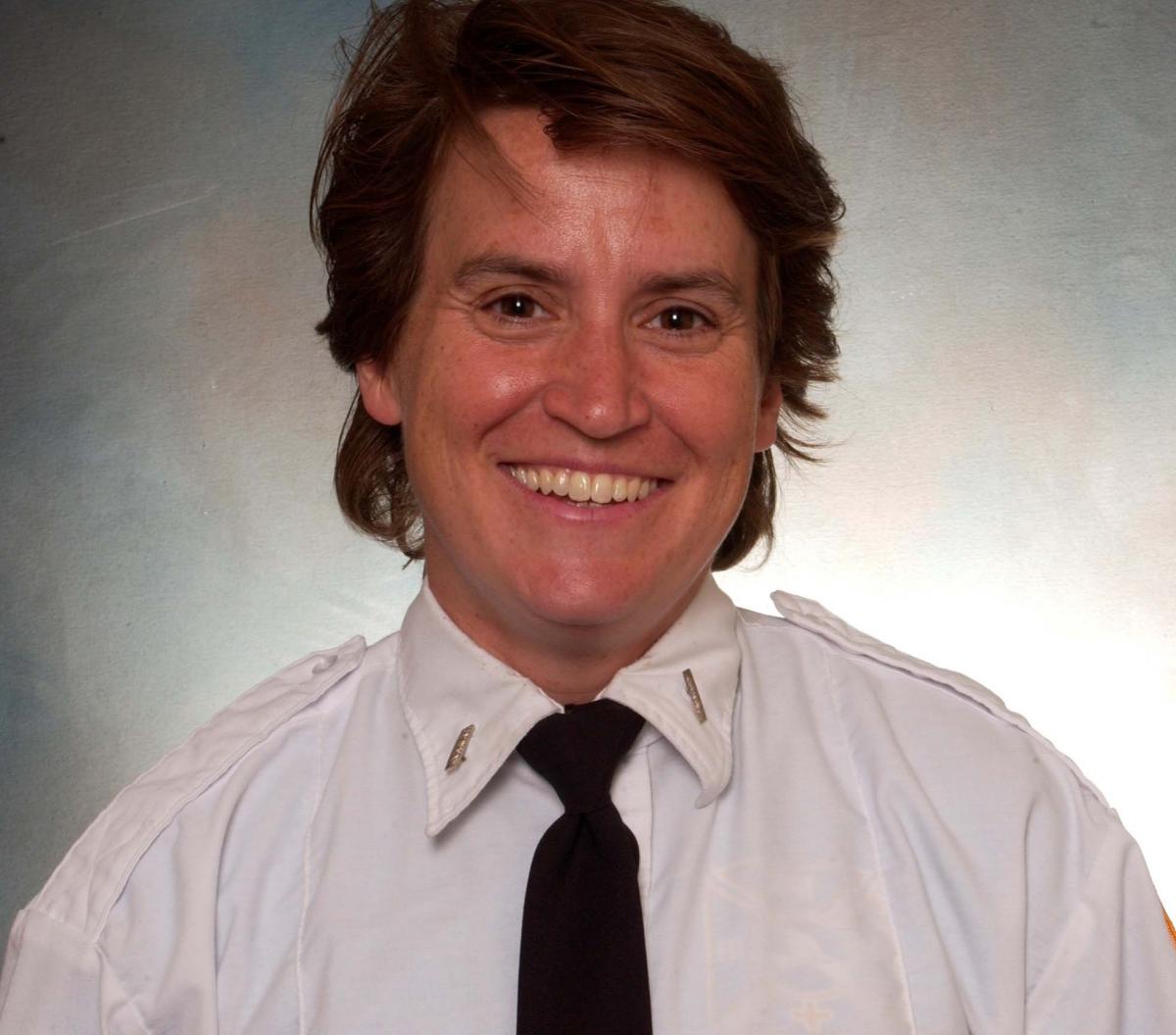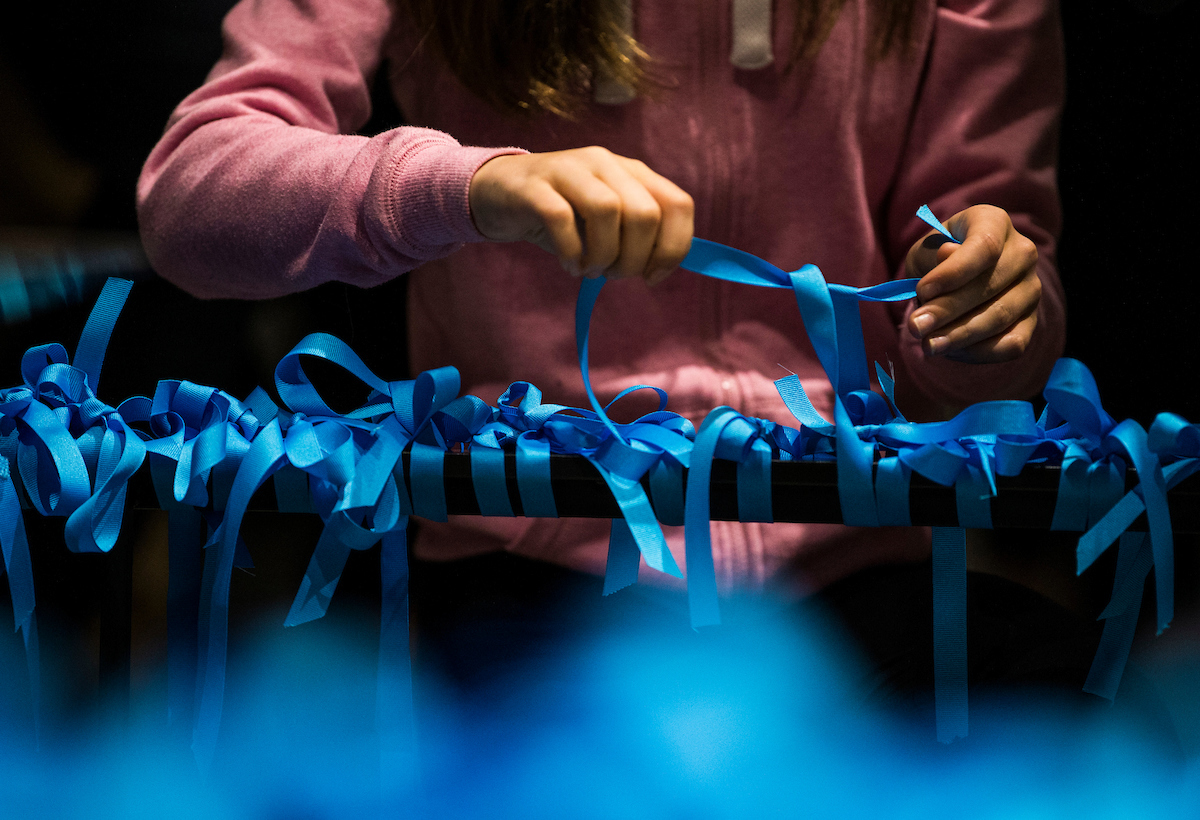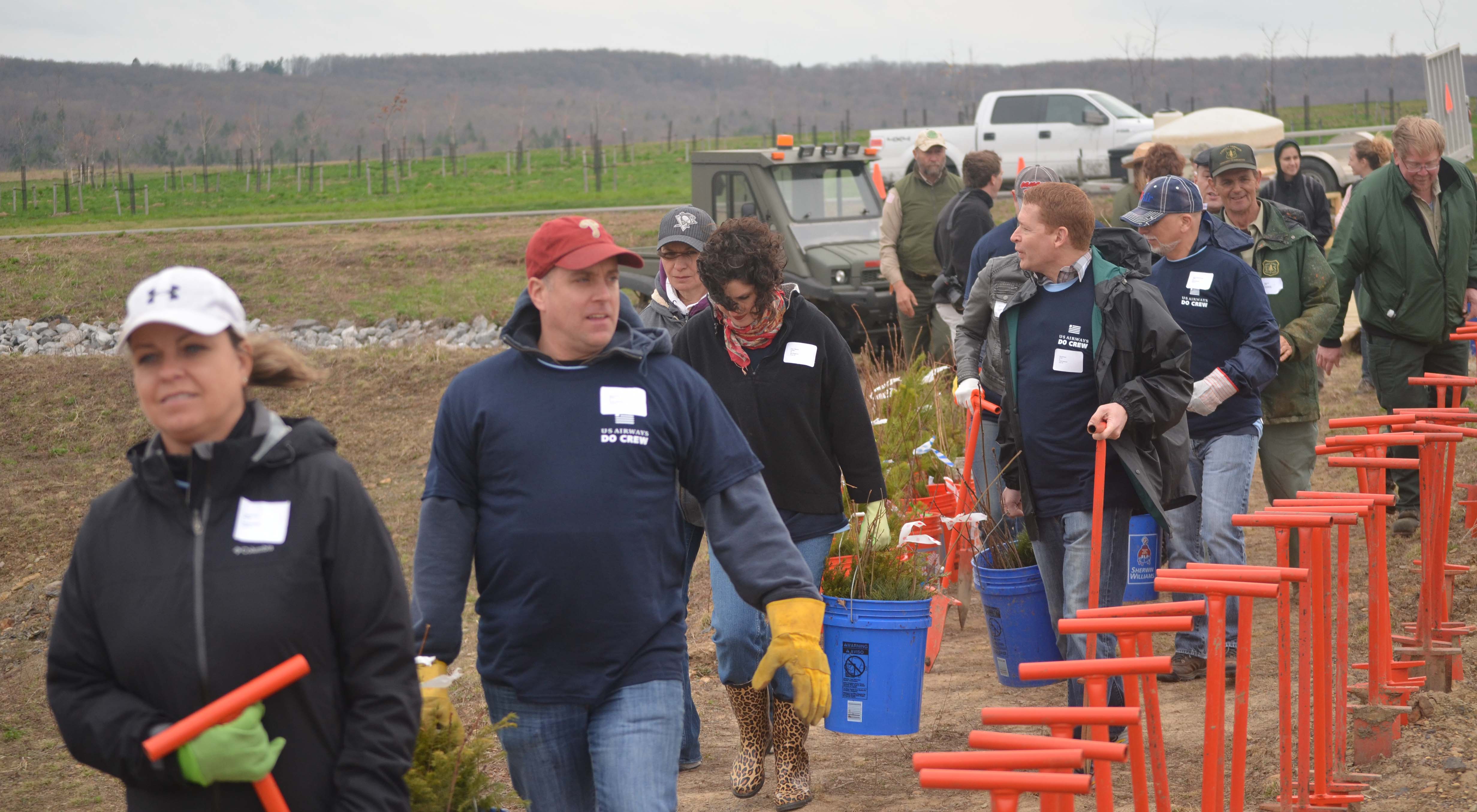Make a donation to the museum
Stories from the Recovery: Talking with FDNY Lt. Adrienne Walsh
Stories from the Recovery: Talking with FDNY Lt. Adrienne Walsh

Lieutenant Adrienne Walsh of FDNY Squad Company 18 has served with the FDNY since 1997. She was the second woman in FDNY history to be assigned to the FDNY Special Operations Command and the first woman to hold a position of rank in the command. Serving with Ladder 20 on Sept. 11, 2001, Lt. Walsh arrived at the World Trade Center site just before the North Tower fell and participated in the rescue and recovery operation. Lt. Walsh was a panelist at the “Stories from the Recovery” program at the 9/11 Memorial Museum on May 30.
1. Why did you decide to become a firefighter with the FDNY and when did you join the department?
Walsh: When I was in high school, the first women were going through the Fire Academy. There was a lot of talk about whether women were physically able to do the job, and of course they could, but I wanted to see if I could pass the test. So I took the physical test and scored very high. The thought of having a job that would be different every day sparked my interest, so after a few years of working at some different jobs I went back to the FDNY, took the test again, and was hired. I joined the FDNY in April 1997, now 20 years ago.
2. Describe your day-to-day role as a lieutenant with Squad 18.
Walsh: Every firehouse has three lieutenants, and one captain who is the overall commander. The lieutenant is the person on charge while on duty, so I handle the personnel and administrative issues in the office, and when it’s time to go on a run, the lieutenant is the first person to get off the rig and encounter the situation, and delegate what needs to be done to tackle the situation at hand.

Lt. Adrienne Walsh, Photo Courtesy FDNY
3. Please try to describe your experience responding to the World Trade Center on 9/11. What were your primary responsibilities in the response?
Walsh: I responded a different company, Ladder 20 which was relocated from uptown, and arrived at the World Trade Center site after the South Tower had fallen. The toner went off saying somebody at the World Trade Center was trapped. When I got down to Zuccotti Park, there was so much dust was in the air. I didn’t have a mask because I wasn’t on my usual rig, so I hopped off the rig and went around the back to get a mask. When I looked up I saw the North Tower fall.
As things cleared, my primary assignment was to see any way we could help. It was one task after another after another. There was a lot of fire to be put out. Water mains had been broken so it was hard to find water pressure – once you opened a line it would go completely dead, so you’d keep going, looking for another, finding people along the way, determining if they were they O.K. and where we would be sending them, trying to make something better in the chaos.
4. What do you remember most about your time at Ground Zero? What were your primary takeaways?
Walsh: People helping other people….There was just dust and large pieces of concrete. You wanted to see humanity. I remember seeing things from the gift shop from the top of the tower, certain objects that survived. There wasn’t much to hold onto. You could see a desk in the rubble, but the person who owned the desk wasn’t there. You think you know disruption until you see something like that. We all have bad days but being in that position and the thought of the horror of all those family members and friends is still with me.
Listen to Lt. Walsh’s audio interview for the 9/11 Memorial Museum here.
5. Responding to emergencies can be very demanding. What have you found to be most rewarding throughout your career?
Walsh: I was born and raised in the city and I love working with New Yorkers. Whether they’re born and bred here or have come here and made this place their home, you can see the best in people here. Especially on and after 9/11, there was an outpouring of money, and clothing, and sympathy, and a “what we can do for you” spirit. That’s the New York that I know and care about. People do the most remarkable things in this city, they’re very humane and very caring.
Firefighters have a lot of sympathy and empathy, but you can’t show it because the load would rip you apart. It takes a certain mentality to do this job. There are parts of your personality you have to turn off at times. You see people in very vulnerable moments at times of emergency when they’re not very gathered, but people are still receptive, caring about the people around them, making sure that their neighbors are safe. You see the whole range of humanity in this job – people can be anything from evil to incredible.
6. Would you say that 9/11 changed the firefighting profession? If so, how?
Walsh: You better believe it. In this city, especially. The scope became far greater. When I joined the department, the work was very concentrated on the tradition of fighting fires. 9/11 changed the view of what firefighting encompasses, that it’s all kinds of emergency response. And now, of course, when we arrive on a scene and we’re gathering information, the possibility of terrorism affects how we evaluate emergency situations and the precautions we take when we respond.
7. Do you have any advice for young women considering joining the FDNY or any other fire department?
Walsh: It’s still not easy in a lot of ways, but you will meet some of the most supportive people in the world. Groups are better when they’re diversified, and I hope women as a group are realizing that they have power because it’s essential for moving forward. To every woman going into a nontraditional job, I’d suggest that they reach out to some women who came before them in their field. Research, know your history, and rely on those that have come before you.
By 9/11 Memorial Staff
Previous Post
Rescue and Recovery Workers Honored as Permanent Dedication Is Announced

On the 15th anniversary of the completion of the rescue and recovery efforts at Ground Zero, the 9/11 Memorial & Museum honored the brave men and women who served with dedication and selflessness after the attack and announced plans to create a permanent dedication to rescue and recovery workers on the 9/11 Memorial.
Next Post
Seedlings Take Root in Field Honoring 9/11 Victims of Flight 93

Thousands of tree seedlings dot a swath of land in southwestern Pennsylvania that is a former mining site.